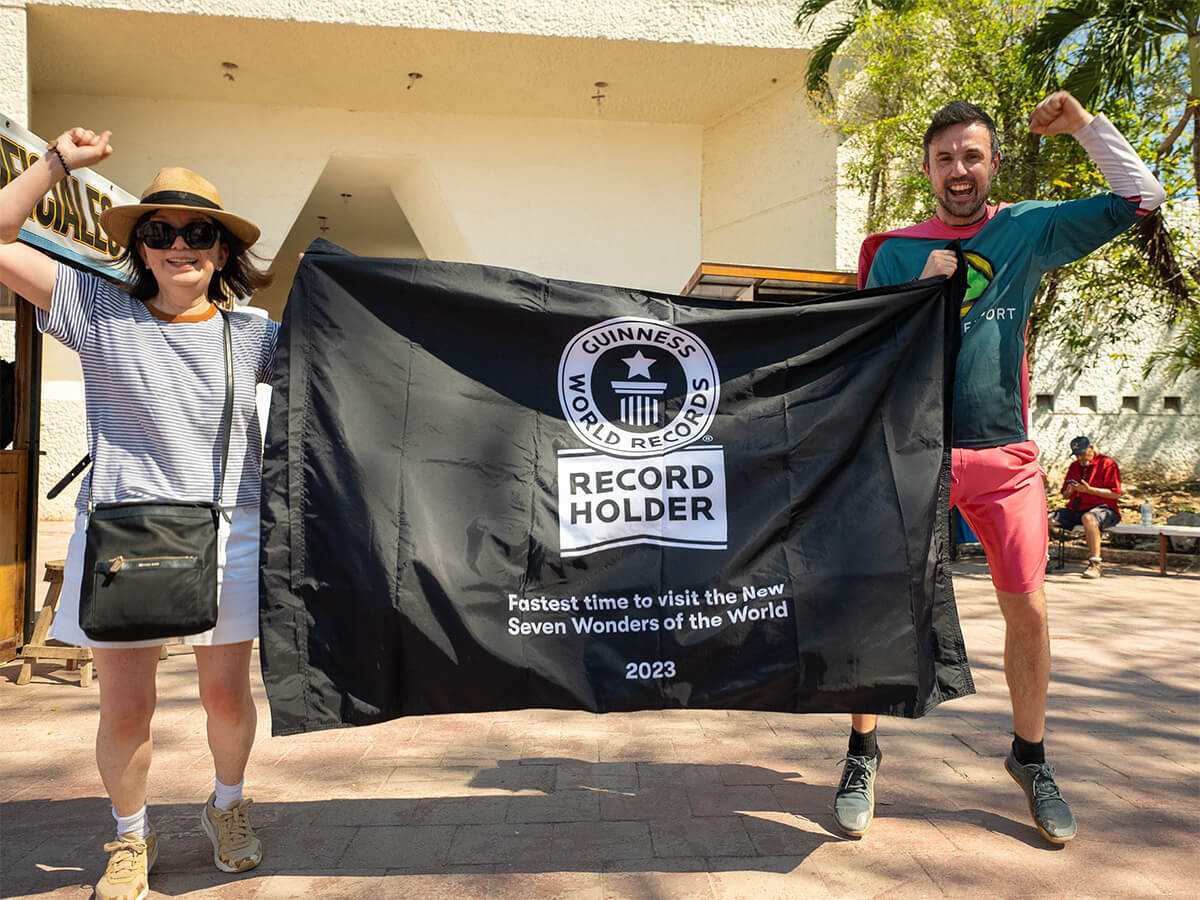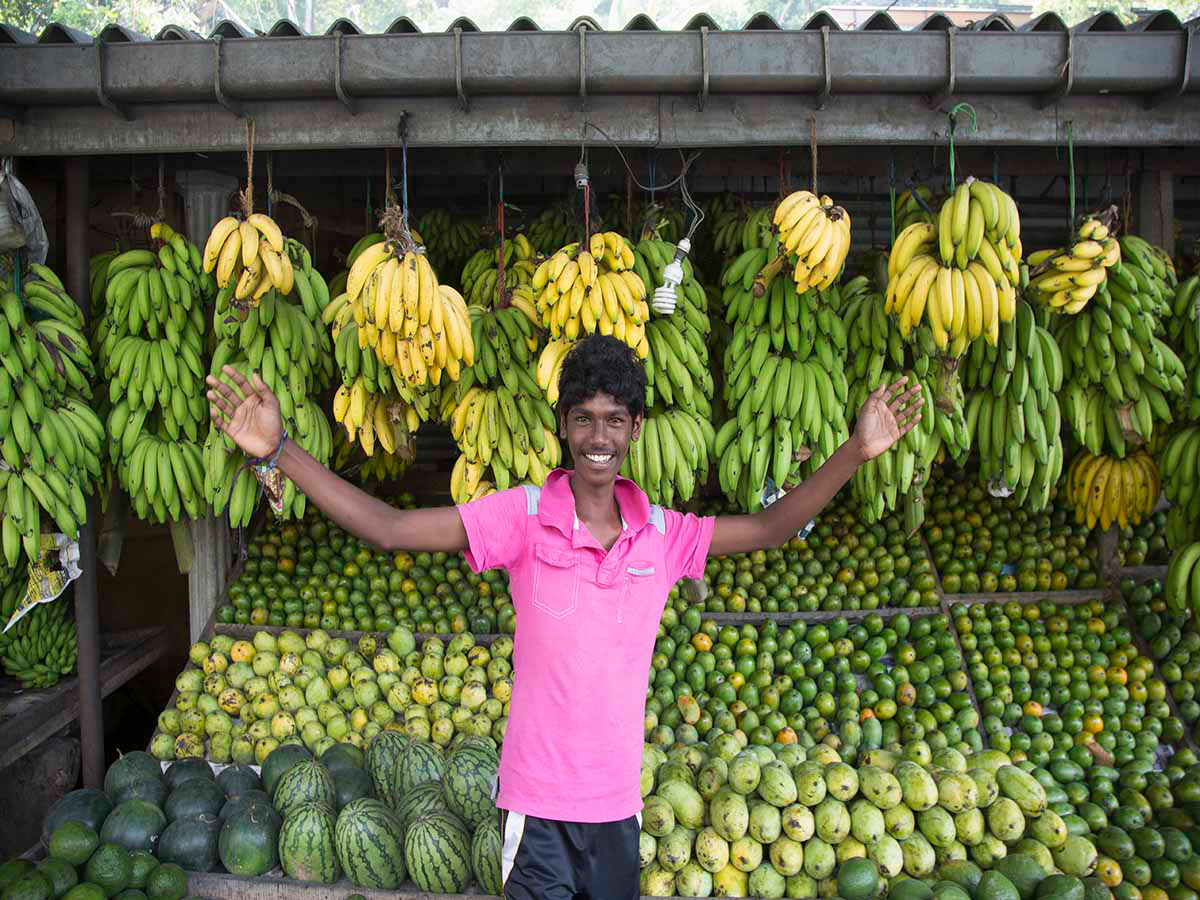Our Views
How we see it
The platform that works wonders
December 11, 2023
How agencies can make even the most difficult itinerary possible
Save the Children Partnership
December 11, 2023
At Travelport, we're committed to giving back to the world that we help people explore.
7 Wonders in the News
June 1, 2023
It’s the complex trip heard around the world. see how it featured in the news across the world
Any content, any time, anywhere
March 21, 2023
Travelport enables American Airlines and United Airlines NDC content for all customers
Staff Shortages? Keep customers happy with modern support
September 16, 2022
Why self-service and automation are a secret weapon for travel’s resourcing challenges








